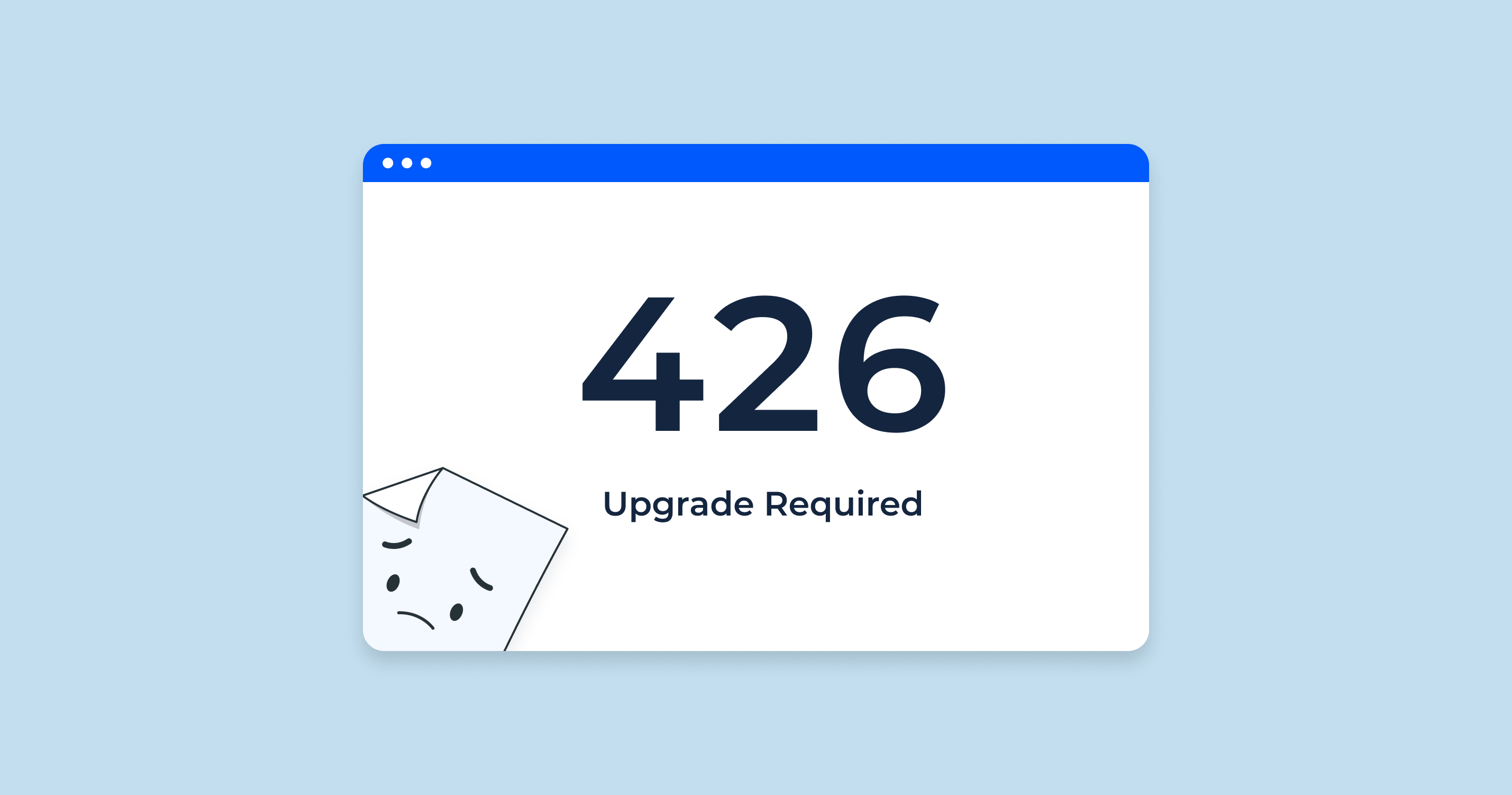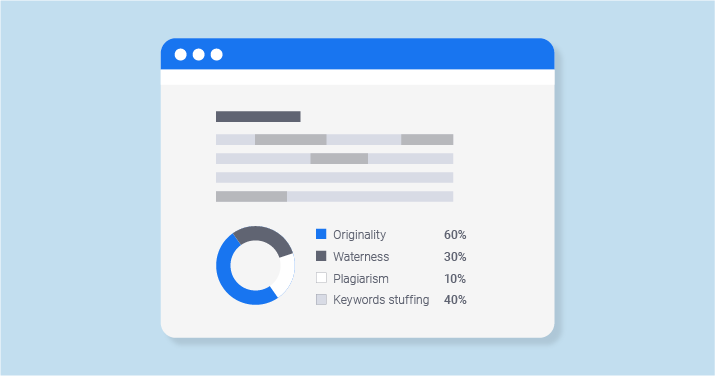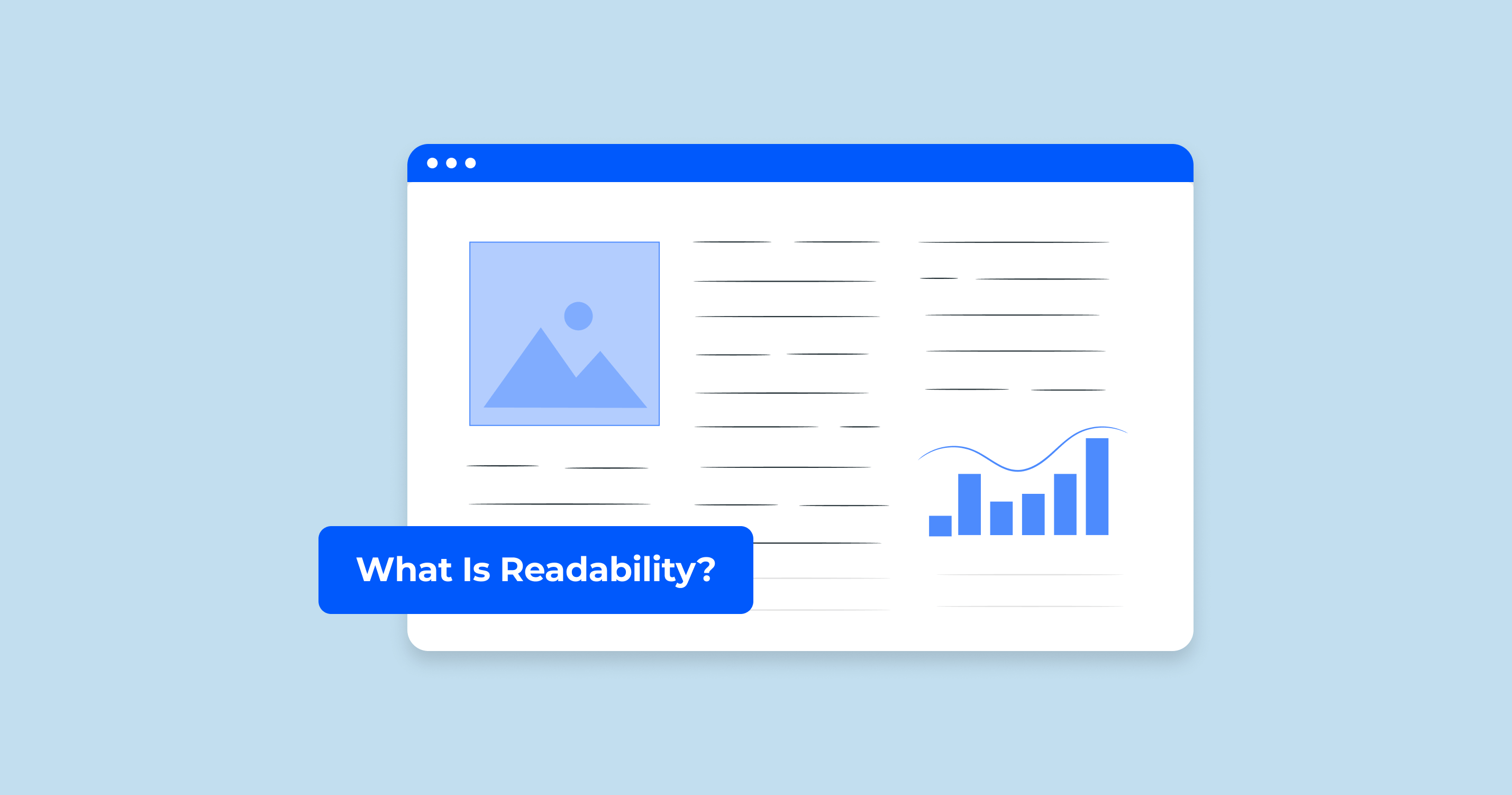In the realm of web development and internet protocols, a 426 status code is a specific type of HTTP response that a server might return. It stands for “Upgrade Required”. This code is part of the HTTP/1.1 standard, and it’s less common compared to other status codes.
When a client (a web browser or a bot) sends a request to a server, the server responds with a three-digit HTTP status code. Each code provides information about the server’s response. When the server returns a 426 status code, it tells the client that it needs to upgrade to a different protocol to properly communicate with and get the necessary information from the server.
In practice, this might be necessary if, for example, a server has been configured to only allow requests over a more secure protocol, like HTTPS, and a client sends a request using HTTP. In such a case, the server would respond with a 426 status code to signal that the client needs to switch to HTTPS and resend the request.
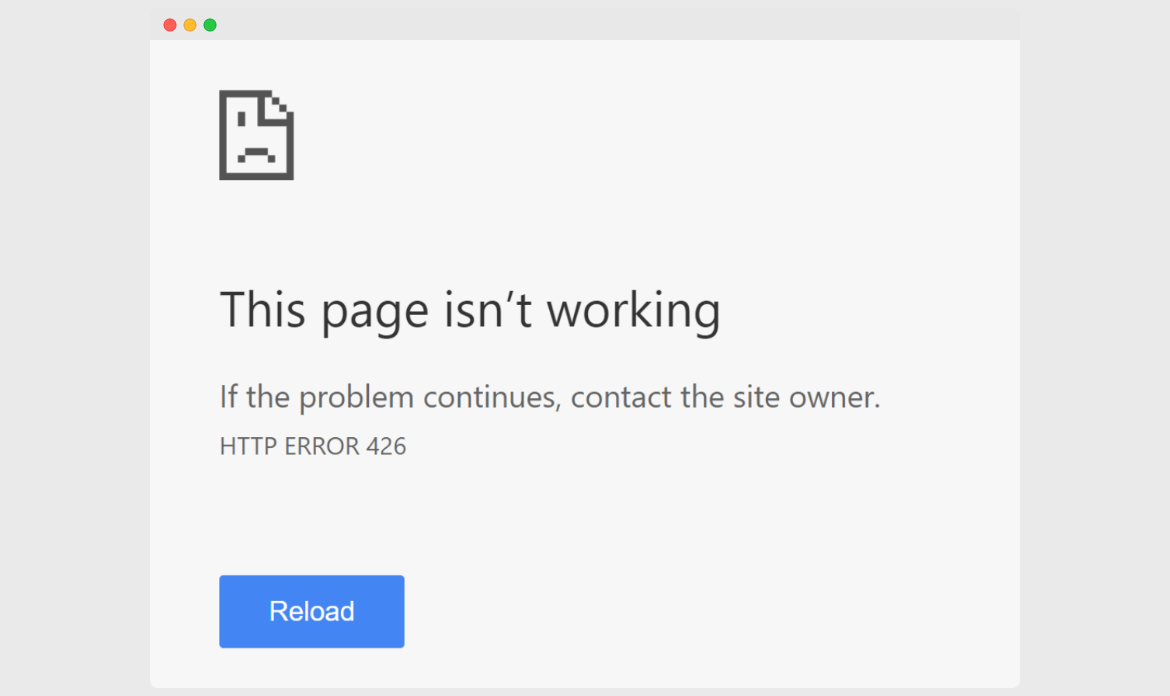
Digging a bit deeper, the 426 status code typically includes an “Upgrade” header field to indicate the required protocol(s). The server can send this status code in response to any HTTP method; it’s not limited to GET or POST requests.
One thing to remember about the 426 status code is that it doesn’t mean there’s anything inherently wrong with the website or server. Instead, it’s more of a signal from the server to the client about the protocol the client should use to ensure proper and secure communication.
The 426 status code is relatively rare and is often used in more technical and specific situations where the server requires a certain level of security. As we mentioned earlier, a common scenario is when a server requires communication via HTTPS but receives a request over HTTP. However, the 426 code could also be used in situations where a newer, more advanced protocol is required – for instance, if a server has been configured to require HTTP/2 or HTTP/3 but receives a request over HTTP/1.1.
In such cases, it’s important for website developers or server administrators to adjust the client-side configurations to meet the server’s requirements. This may involve enabling HTTPS by default or upgrading the client to support a newer HTTP version.
426 Status Error Implications for SEO
SEO is vital for any website, as it helps to increase organic traffic by making a site more visible to search engines. Therefore, understanding how different HTTP status codes, like the 426 status code, can impact SEO is essential.
As search engine crawlers navigate the web to index pages for search results, they act very much like a typical web user. They send a request to a server and wait for a response to understand and record what’s on each web page. If a search engine crawler encounters a 426 status code, it would be unable to access and index the content on that page, much like a human user would be unable to view the page.
Repeatedly running into 426 status codes could cause a website to be indexed improperly or incompletely. Over time, if the issue isn’t resolved, the website could see a significant negative impact on its search engine rankings. This is because search engine algorithms tend to favor websites that offer a good user experience, and being able to successfully and quickly access the content on a site is a big part of that.
Moreover, a high number of 426 status codes could potentially cause a site to be seen as less trustworthy or reliable, as frequent protocol upgrade requirements could be interpreted as a sign of instability or poor configuration. This could lead to further negative impacts on a site’s SEO performance.
In short, while a 426 status code in and of itself is not negative or indicative of a problem, frequent 426 codes that prevent content from being accessed and indexed can harm a site’s SEO. It’s important for site owners and SEO professionals to monitor for 426 status codes and resolve them promptly to maintain optimal site performance and search visibility.
Troubleshooting and Solving 426 Errors
Before we dive into the specific issues that can cause a 426 error and how to resolve them, it’s important to understand that troubleshooting these errors requires a blend of technical understanding and careful monitoring. While a 426 status code isn’t inherently problematic, frequent occurrences can disrupt the user experience and impact SEO performance negatively.
The following are common issues that can trigger a 426 status code and the appropriate steps to fix them:
1. Incorrect Protocol Configuration
If a server has been configured to require HTTPS or another advanced protocol but receives HTTP requests, it may return a 426 status code.
2. Outdated Client Software
Older web browsers or search engine bots might not support the protocol that your server requires, leading to a 426 error.
3. Server Misconfiguration
Sometimes, a server might be incorrectly set up to require a protocol it doesn’t support. This could lead to a 426 error when the server realizes it can’t process the upgraded protocol request.
4. Unexpected Protocol Upgrade Requirement
Your server might suddenly start requiring a protocol upgrade due to changes in security settings, software updates, or other factors. If this happens without your knowledge, you might start seeing a 426 status code.
Remember, a 426 status code isn’t necessarily a bad thing—it just means that a protocol upgrade is required. However, if your website’s visitors or search engine bots frequently encounter this status code, it could indicate a problem that needs to be addressed.
HTTP Status Codes Checker for Detecting and Diagnosing 426 HTTP Status Codes
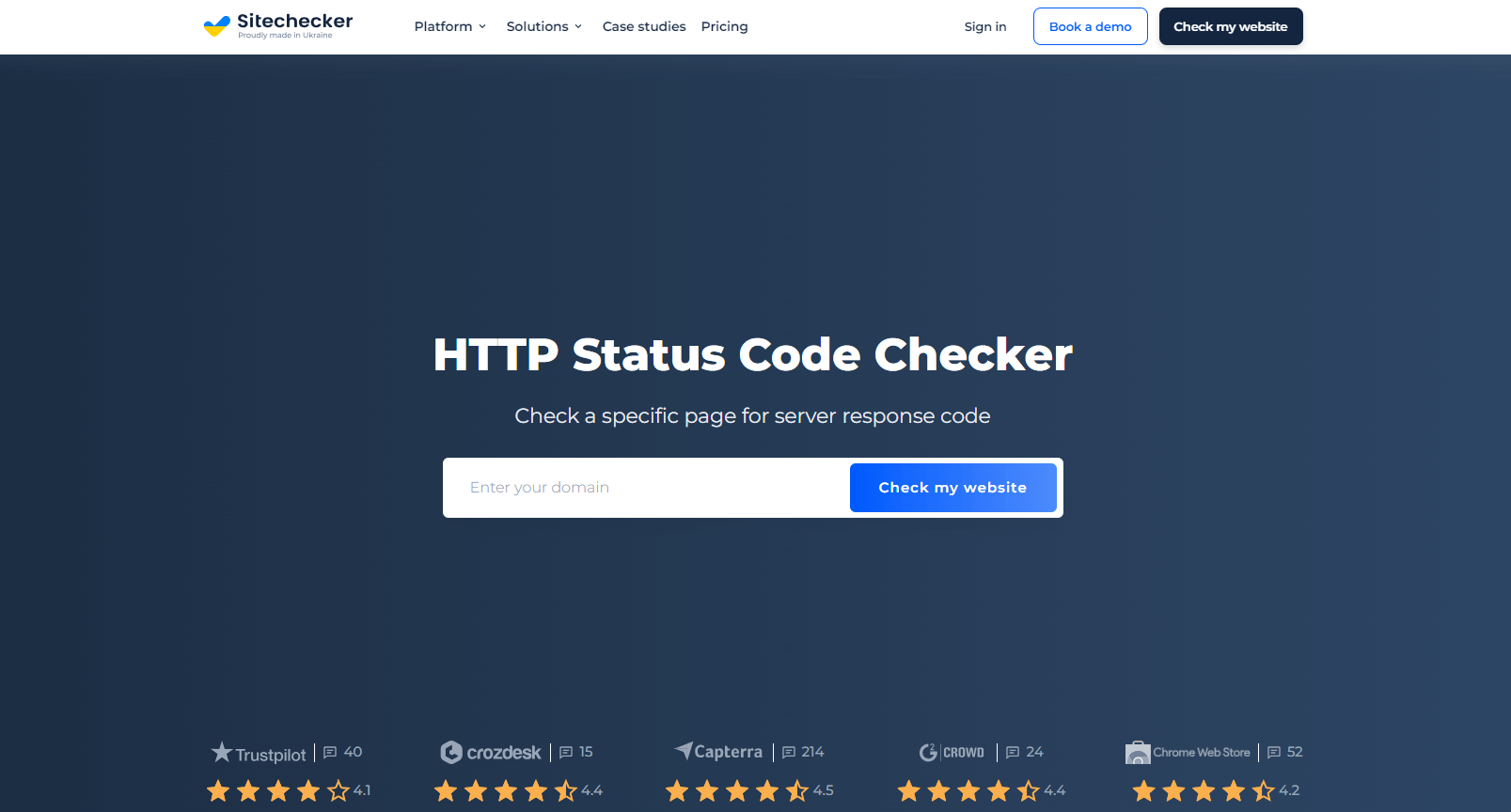
SiteChecker is a comprehensive SEO platform with an array of tools designed to improve the performance of your website. One of these is a feature specifically for tracking HTTP status codes. This feature becomes incredibly handy in identifying and understanding different types of server responses, including the somewhat elusive 426 status code.
By regularly using SiteChecker’s HTTP status code tool, you can get an immediate snapshot of any server response issues your website might be experiencing. The tool works by sending requests to your website and then recording and displaying the responses from your server. If your site returns a 426 error, SiteChecker will flag it so that you can promptly address the issue.
Moreover, the SiteChecker platform doesn’t just identify problems; it also provides insights and guidance on how to resolve them. For a 426 status code, this would involve advising you to ensure the required protocol upgrades are in place. In this way, SiteChecker not only helps you maintain your site’s health but also contributes to improving your SEO ranking by ensuring that search engine bots can access and index your content without any disruptions.
Conclusion
HTTP 426 status code, indicating a required protocol upgrade, plays a crucial role in website operation and SEO performance. Although it’s not inherently negative, recurring 426 errors can impede website visibility in search engine rankings. Prompt detection and resolution, involving addressing issues like protocol configuration, server settings, and client software compatibility, are key to maintaining a robust web presence.
Tools like SiteChecker are integral to this process, allowing efficient tracking of HTTP status codes and providing valuable insights for resolving these issues. By ensuring seamless access for search engine bots, SiteChecker significantly contributes to improving your website’s SEO performance, enhancing its visibility and overall health.
